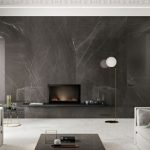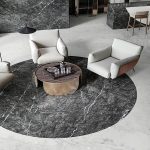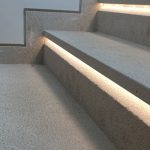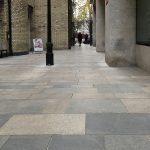Ceramics Are All Around Us
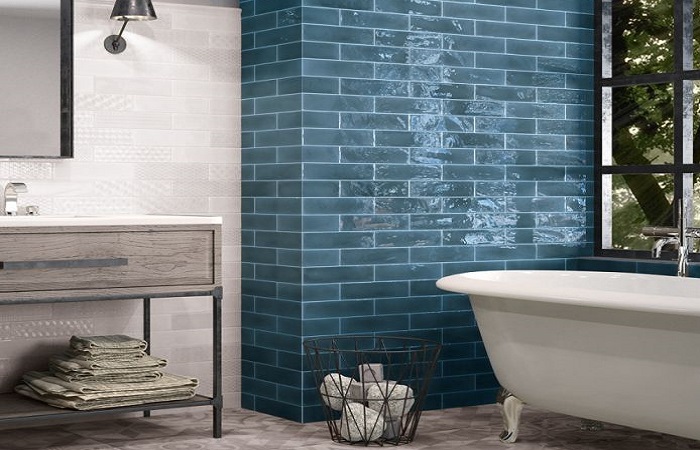
Ceramics Are All Around Us
Ceramics are generally made by taking mixtures of clay, earthen elements, powders, and water and shaping them into desired forms. Once the ceramic has been shaped, it is fired in a high temperature oven known as a kiln. Often, ceramics are covered in decorative, waterproof, paint-like substances known as glazes.
Ceramic Art
Ceramic art is art made from ceramic materials, including clay. It may take forms including artistic pottery, including tableware, tiles, figurines and other sculpture. As one of the plastic arts, ceramic art is one of the visual arts.
Decorative Ceramic
While some ceramics are considered fine art, as pottery or sculpture, most are considered to be decorative, industrial or applied art objects. Ceramics may also be considered artefacts in archaeology. Ceramic art can be made by one person or by a group of people. In a pottery or ceramic factory, a group of people design, manufacture and decorate the art ware.
Greek Word Ceramics
The word ceramics”comes from the Greek keramikos (κεραμικος), meaning pottery, which in turn comes from keramos (κεραμος) meaning potter’s clay. Most traditional ceramic products were made from clay, shaped and subjected to heat, and tableware and decorative ceramics are generally still made this way. In modern ceramic engineering usage, ceramics is the art and science of making objects from inorganic, non-metallic materials by the action of heat. It excludes glass and mosaic made from glass tesserae.
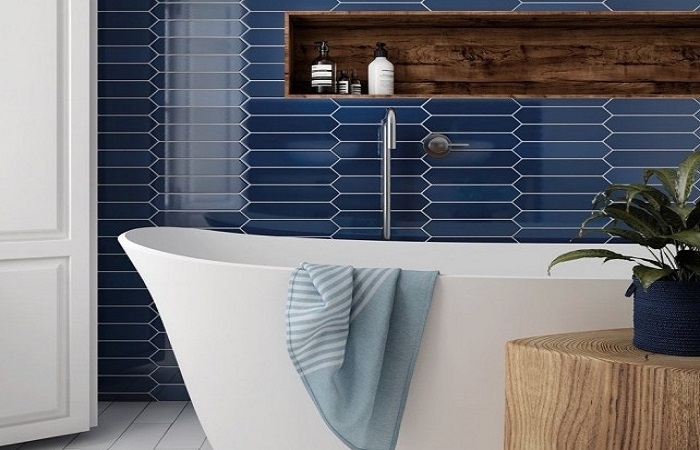
History of Ceramic Art
There is a long history of ceramic art in almost all developed cultures, and often ceramic objects are all the artistic evidence left from vanished cultures, like that of the Nok in Africa over 2,000 years ago. Cultures especially noted for ceramics include the Chinese, Cretan, Greek, Persian, Mayan, Japanese, and Korean cultures, as well as the modern Western cultures.
Different Types of Clay
Elements of ceramic art, upon which different degrees of emphasis have been placed at different times, are the shape of the object, its decoration by painting, carving and other methods, and the glazing found on most ceramics. Different types of clay, when used with different minerals and firing conditions, are used to produce earthenware, stoneware, porcelain and bone china.
Earthenware
Earthenware is pottery that has not been fired to verification and is thus permeable to water. Many types of pottery have been made from it from the earliest times, and until the 18th century it was the most common type of pottery outside the far East. Earthenware is often made from clay, quartz and feldspar. Terracotta, a type of earthenware, is a clay-based unglazed or glazed ceramic, where the fired body is porous. Its uses include vessels, water and waste water pipes, bricks, and surface embellishment in building construction.
Vitreous Ceramic Stoneware
Stoneware is a vitreous or semi-vitreous ceramic made primarily from stoneware clay or non-refractory fire clay. Stoneware is fired at high temperatures. Vitrified or not, it is nonporous; it may or may not be glazed. It is usually colored grey or brownish because of impurities in the clay used for its manufacture, and is normally glazed.
Porcelain
Porcelain is a ceramic material made by heating materials, generally including kaolin, in a kiln to temperatures between 1,200 and 1,400 °C (2,200 and 2,600 °F). The toughness, strength and translucence of porcelain, relative to other types of pottery, arises mainly from vitrification and the formation of the mineral mullite within the body at these high temperatures. Properties associated with porcelain include low permeability and elasticity; considerable strength, hardness, toughness, whiteness, translucency and resonance Porcelain has been described as being completely vitrified, hard, impermeable, white or artificially colored, translucent, and resonant.
Ceramics Classification
Ceramics are classified as inorganic and nonmetallic materials that are essential to our daily lifestyle. Ceramic and materials engineers are the people who design the processes in which these products can be made, create new types of ceramic products, and find different uses for ceramic products in everyday life.
Ceramics Are All Around Us
Ceramics are all around us. This category of materials includes things like tile, bricks, plates, glass, and toilets. Ceramics can be found in products like watches (quartz tuning forks-the time keeping devices in watches), snow skies (piezoelectric-ceramics that stress when a voltage is applied to them), automobiles (sparkplugs and ceramic engine parts found in racecars), and phone lines. They can also be found on space shuttles, appliances (enamel coatings), and airplanes (nose cones).
Final Satement
Depending on their method of formation, ceramics can be dense or lightweight. Typically, they will demonstrate excellent strength and hardness properties; however, they are often brittle in nature. Ceramics can also be formed to serve as electrically conductive materials, objects allowing electricity to pass through their mass, or insulators, materials preventing the flow of electricity. Some ceramics, like superconductors, also display magnetic properties.
To learn more about us, click here.
Send your price quotes directly to our WhatsApp through this Link: https://wa.link/ord5k8
Sources
en.wikipedia.org/wiki/Ceramic_art
depts.washington.edu/matseed/mse_resources/Webpage/Ceramics/ceramics.htm
- Back To Articles
- armani grey marble, armany grey, building, building materials, ceramic applications, ceramic definition, ceramic etymology, ceramic formation, ceramic introduction, ceramic vast uses, ceramics, construction, construction materials, grey Armany, marble, marble stone, Niayesh, NIAYESH STONE, Pietra Grey Marble, Pietra Grey Marble Tiles, wide applications of ceramic
Article
Natural Stone Applications
- 22 December 2022
Iranian Stones Introduction According to Source and Quarry
- 21 December 2022
Technical Stone Introduction and Quarrying Procedures
- 21 December 2022
Categories
- blog757
- news1
- Specialized articles756



